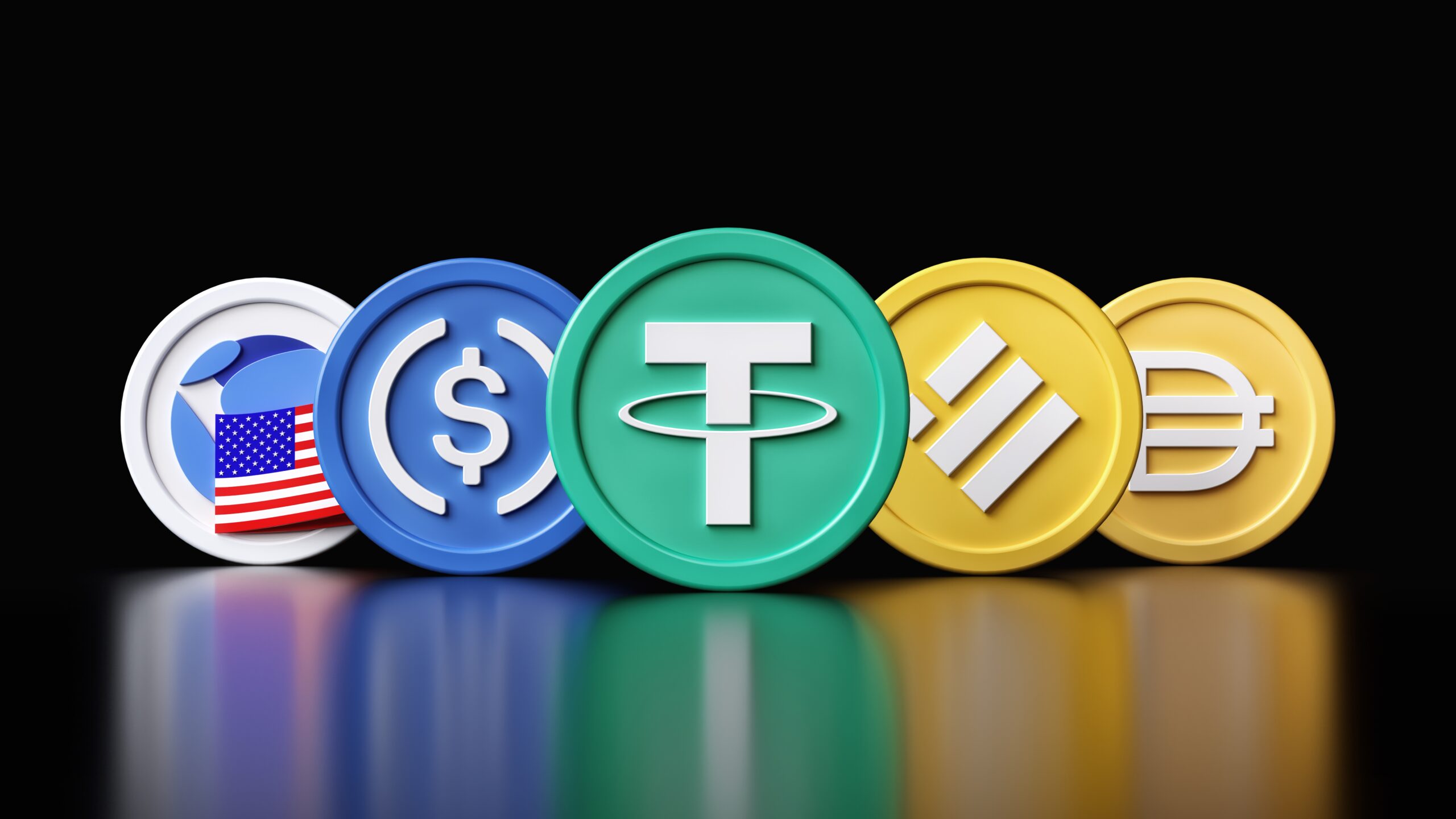After years of sparring between the US crypto entrepreneurs and financial regulators, President Trump in July signed the Guiding and Establishing National Innovation for US Stablecoins (GENIUS) Act into law that regulating cryptocurrencies.
The Act permits insured depository institutions and other regulated entities to issue stablecoin in the US.
Corporate treasurers will soon have a broad range of issuer choices as numerous tier-1 US banks have announced plans for their own stablecoins to compete with leading issuers like Circle, Tether, and the Ethena decentralized autonomous organization. Banks that have thus far chosen not to venture into stablecoins can expect their share of trade finance, cross-border payments, and remittance traffic to be sharply reduced if they act too slowly, says Javier Paz, CEO of digital asset analysis firm Rigor.
“The share of daily activity coming from stablecoins remains small at around 1% to 2%,” he notes, “but it’s growing exponentially behind offshore demand for US dollar-equivalent payment by all sorts of online service providers, from therapists to e-merchants. Now, payments companies like Stripe, Revolut, and CashApp are getting heavily into stablecoins for a broader use case” Paz then expects other, traditional finance firms, including national banks, will boost daily stablecoin activity into “the hundreds of billions of dollars” within five years.
CFOs will have an alternative to parking liquidity in lowyield, short-term vehicles like US Treasuries when they want to keep their funds readily available.
“With stablecoins, issuers can pool dollars and invest them in a mix of short-, medium-, and long-term assets delivering higher yields while maintaining instant liquidity for clients,” says Vishal Gupta, co-founder and CEO of fintech True Markets.
Corporate treasurers with a large enough operation may also consider issuing their own stablecoins, which could yield returns of 4% or more, Paz suggests.
“That doesn’t happen today because the banks tend to earn most of that yield on the cash they hold for corporations,” he says. “The trick for that to work, however, is that the corporate treasury issuing stablecoin has to set up these instruments correctly and know how to incentivize others to accept it as a form of payment. It can be done, but it requires know-how.”




